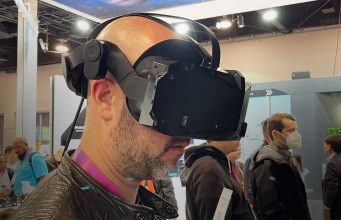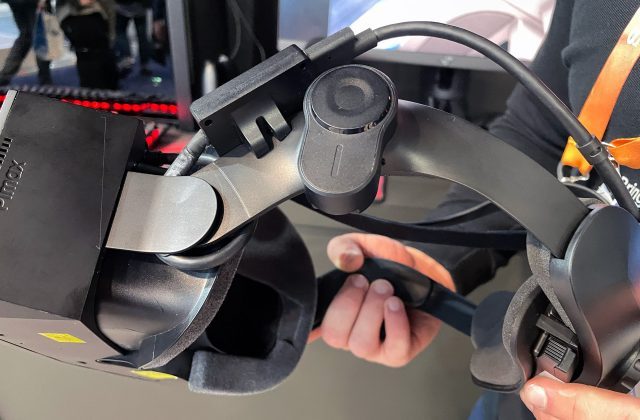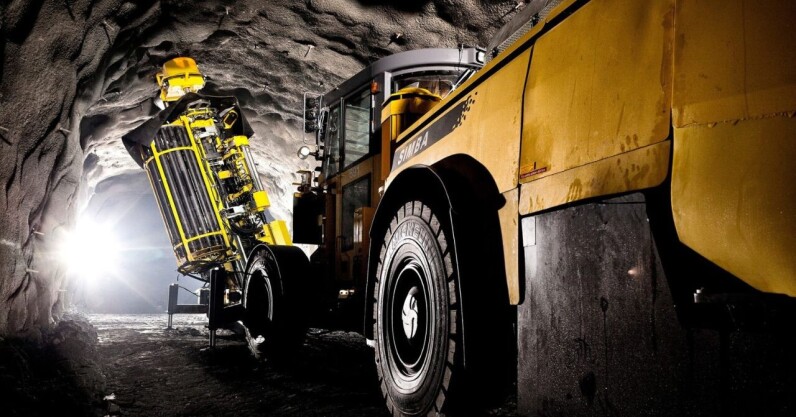Critically Acclaimed Propaganda Sim ‘Not for Broadcast’ Coming to Quest 2 & PC VR in March
NotGames, the indie studio behind ingenious propaganda simulator Not For Broadcast (2022), announced it’s releasing a separate VR version in March, coming to SteamVR and Meta Quest 2.
Releasing on Steam and the Quest Store on March 23rd, Not For Broadcast VR is putting the power of mass media into your hands, as you control what people see and how they see it in your very own TV studio control booth, set in an alternate ’80s timeline in Britain.
Promising all of the original game’s dystopian tale of power, greed and resistance, the VR adaptation seems like a natural fit for the seated, button-heavy game—looking a bit like Please, Don’t Touch Anything.
The game is chock full of egotistical celebrities, dishonest politicians, and strange sponsors—and the show must go on uninterrupted. Pop in your lineup of VHS tapes, frame and edit shots, bleep out expletives, and keep everything moving smoothly—even as disaster strikes outside your window. Whatever you do, your mission is to keep those ratings up.
You can wishlist the game now on Steam. We’re still waiting for the Store link for Quest, however we’ll update this article when we see it. In addition to its VR launch, the game is also coming to PlayStation and Xbox on March 23rd as well.
At the time of this writing, the flatscreen version of Not For Broadcast has garnered an ‘Overwhelmingly Positive’ user review score on Steam, coming from over 7,000 players.



























